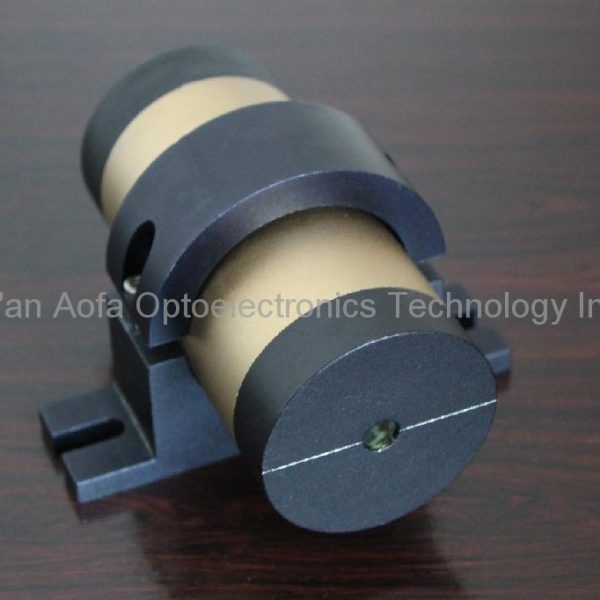Optical Isolator
A Faraday isolator or optical isolator is an optical component which allows the transmission of polarised light in only one direction. They are typically used to prevent unwanted feedback into an optical oscillator (A laser cavity is a good example.) The operation of the device depends on the Faraday effect which is used in the main component, the Faraday rotator.
- Description
- inquiry
An isolator is made of three parts, an input polarizer (for this discussion we will assume it’s polarized up and down), a Faraday rotator, and an output polarizer (we will assume this one is 45° to the right.)
Light traveling in the forward direction becomes polarized (vertically in our case) by the input polarizer. The Faraday rotator will rotate the polarization 45° to the right. The output polarizer will allow all the light to escape and continue.
Light traveling in the backward direction becomes polarized (45°; to the right in this case) by the output polarizer. The Faraday Rotator will rotate the polarization 45° more to the right so that it is horizontally polarized (the rotation is insensitive to direction of propagation) and the input polarizer, which is vertically aligned, will block this light.
Faraday isolators are different from 1/4 wave plate based isolators because it can provide non-reciprocal rotation while maintaining linear polarization which allows higher isolation to be achieved.

 中文
中文
